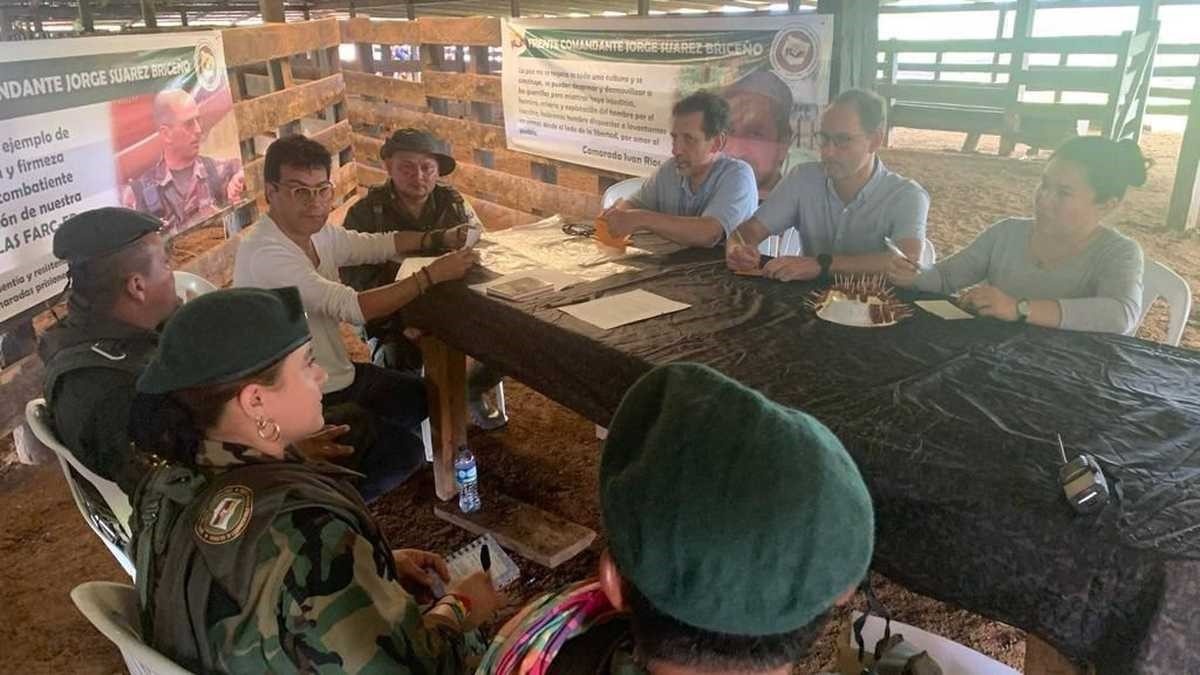Colombia: The Path of Peace is Paved

There are currently over 50 armed groups operating in Colombia, making it the second country with the most organized crime in the world. The exacerbation of violence in the country is related to the lack of protection mechanisms for communities and the non-implementation of the Peace Agreement in the first 5 years of implementation; the new Government’s Total Peace policy aims to address these elements.
Unlike the “fragmented peace”, which can be understood as the process of dialogue with an armed group excluding other active armed structures, the new Government promotes “total peace”. It intends to move forward, not only in the dialogue with the National Liberation Army (ELN) but also in the pursuit of other illegal armed groups to justice.
With this policy, it is expected to demobilize about 13,000 people in arms: 4,000 of them grouped in the ELN, 2,500 in the FARC dissident groups, 600 of the “pelusos” (a dissident group of the Popular Liberation Army (EPL), and 3,500 of the paramilitary group Gaitanista Self-Defense Forces of Colombia (AGC), also called “Clan del Golfo”.
Within the framework of this total peace policy, the processes of dialogue and submission to the justice of the illegal armed groups will be complemented with the substitution of illicit economies and spaces for regional dialogue with the civilian population to discuss social needs, development, and production models of the territories.
To implement this policy, they have already filed a project that modifies the public order law to establish the guiding policy in the dialogues with the ELN and the acceptance of criminal organizations by justice. They also established the “peace regions” that will work in groups of regions or departments dealing with particular situations in terms of violence. Local authorities will be empowered to draw up humanitarian agreements with armed groups. It can help promote the humanitarian dialogue proposals that social organizations have been conducting in different parts of the country since 2017.
Total peace is already making its way. The regional dialogues started on September 16th and will continue in 50 regions until November. They are intended to bring citizens together to discuss the special needs of their territories and to include their proposals in the National Development Plan.
Likewise, during the first 15 days of the government, the negotiations with the ELN were thawed and connections were made with the AGC and FARC dissidents. So far, they have identified the groups’ willingness to be part of total peace, but also their distrust of governments due to past failures and obstacles to peace. Despite this, there are already 22 armed structures that have shown their willingness to reach total peace. At the end of September, President Petro reported on the possibility of a multilateral ceasefire with the armed groups that wish to negotiate with the government.
